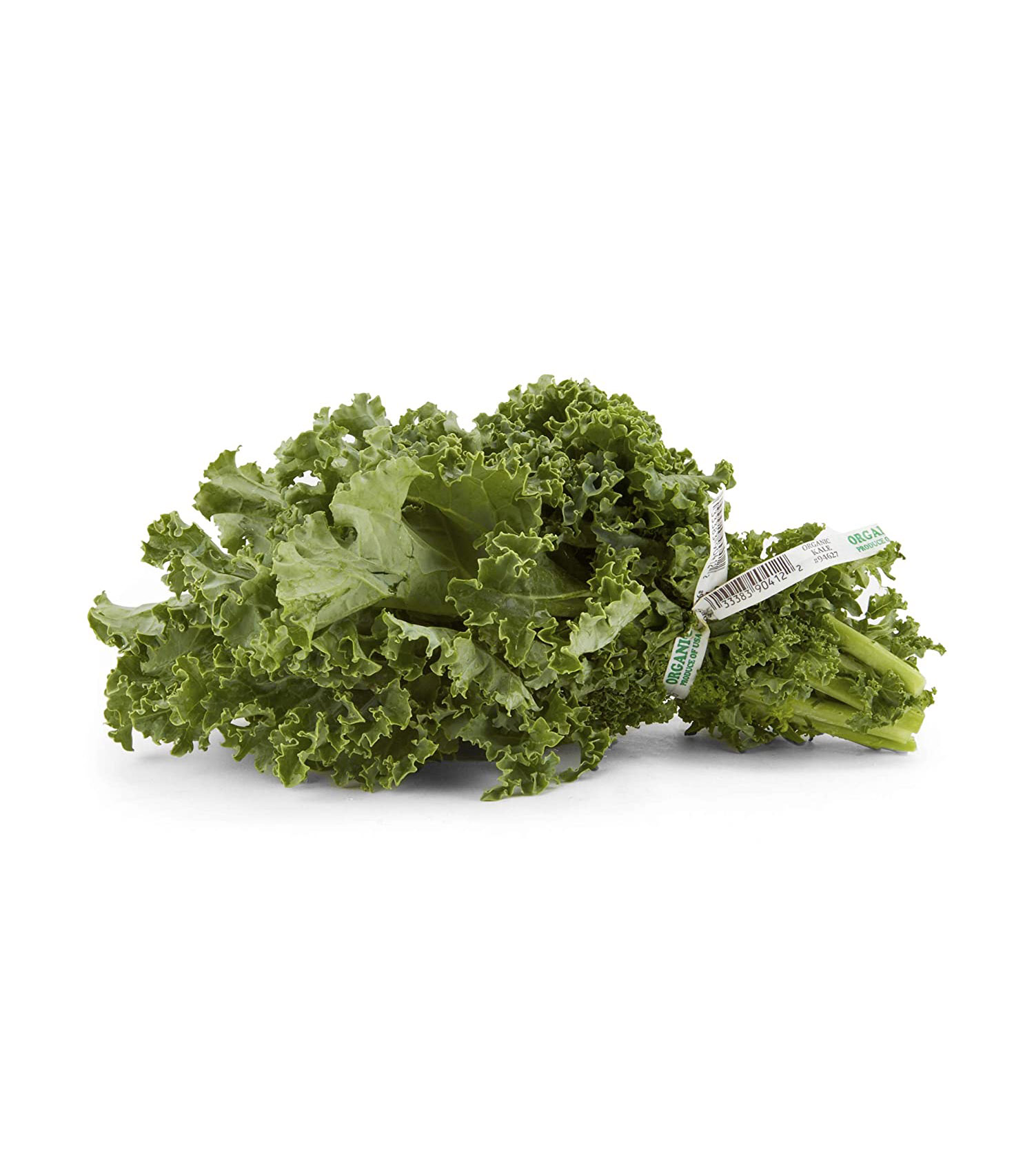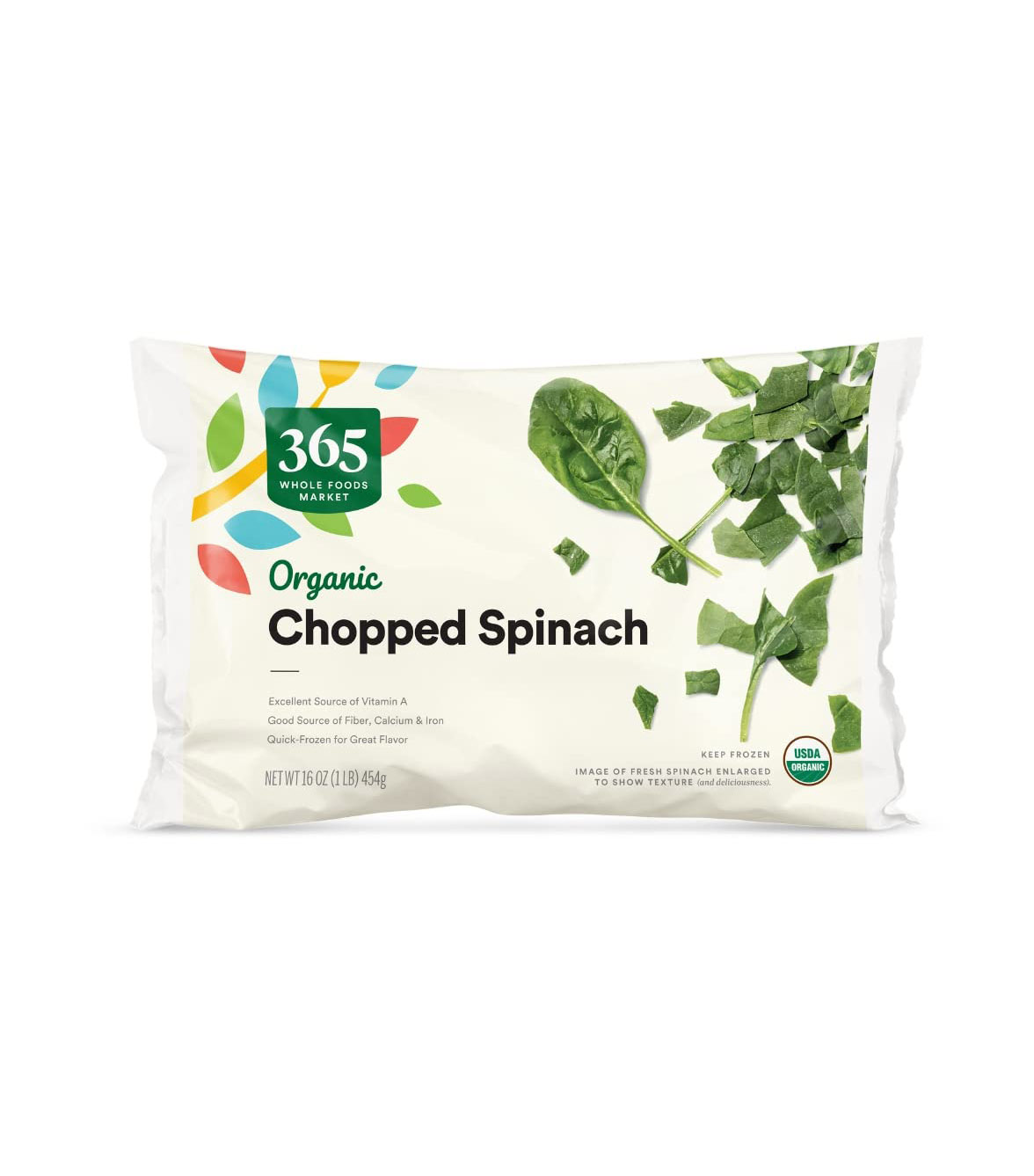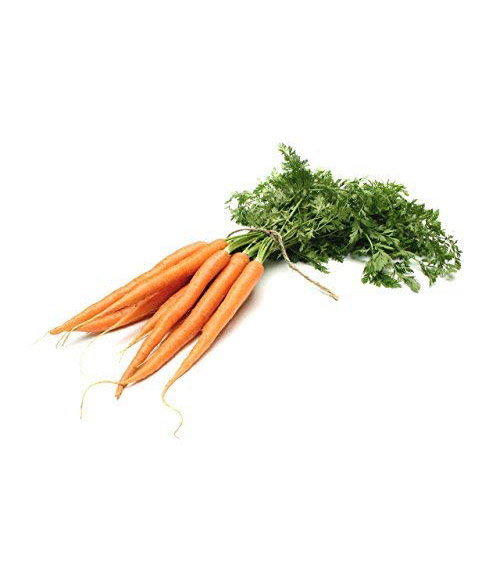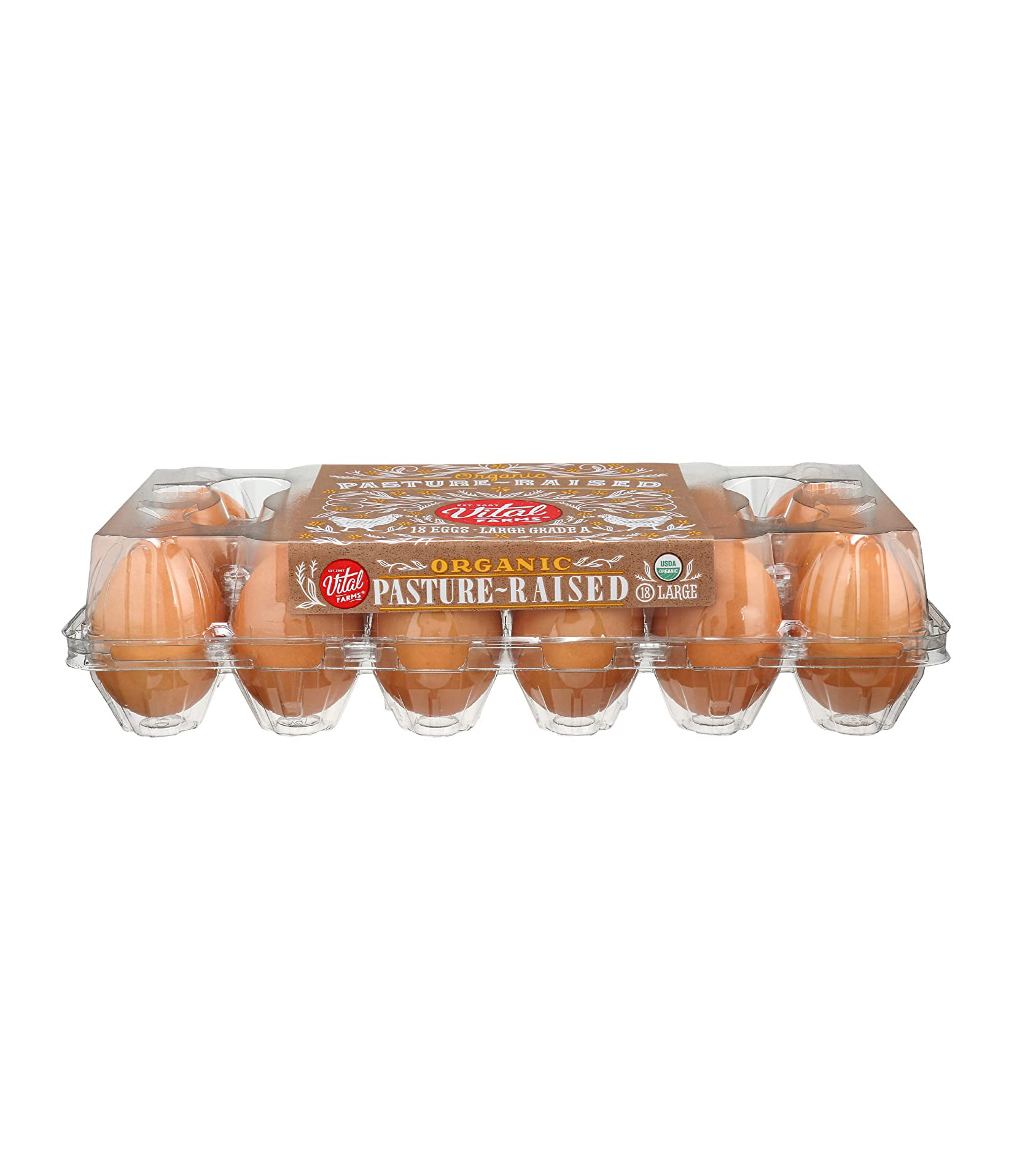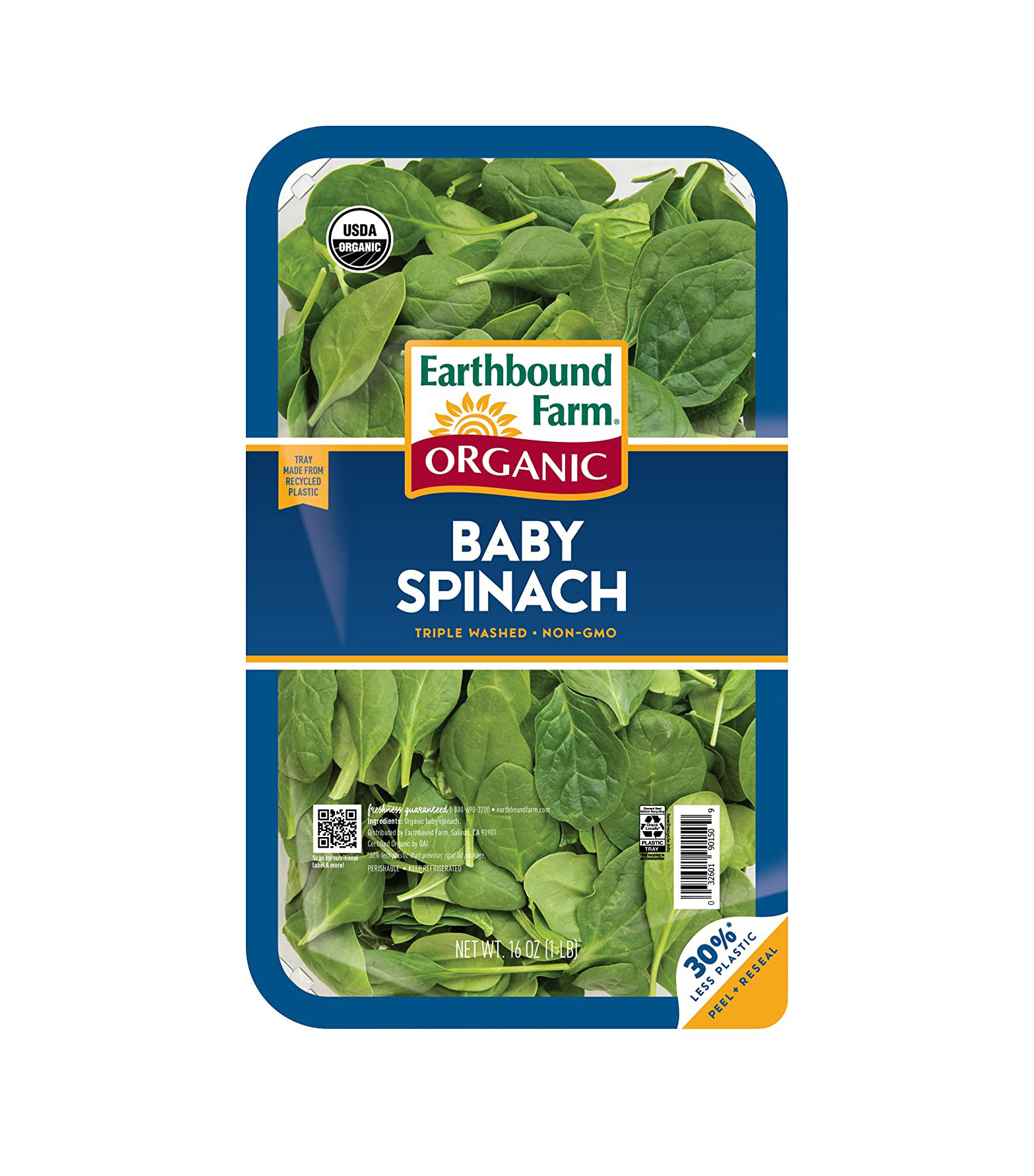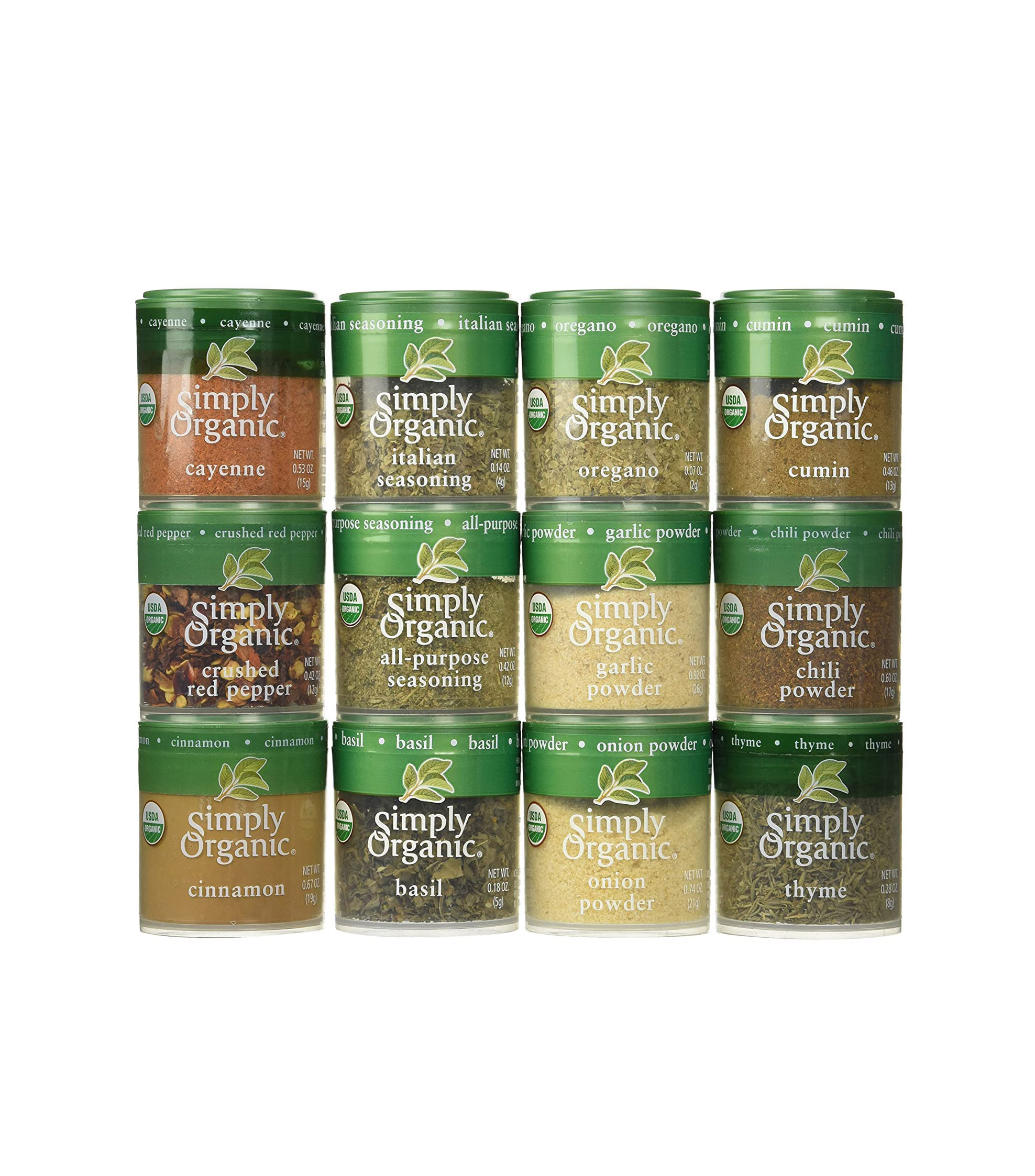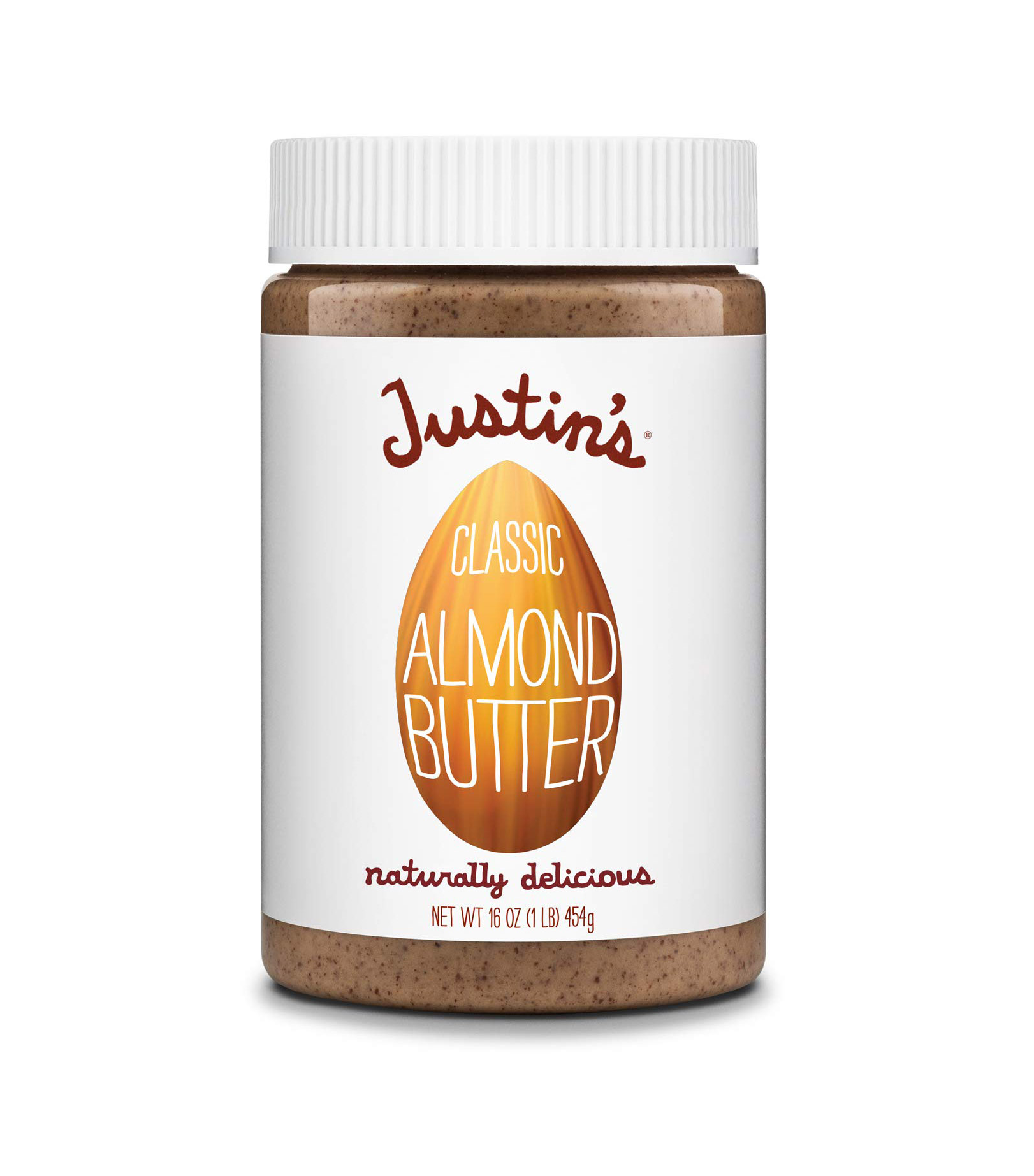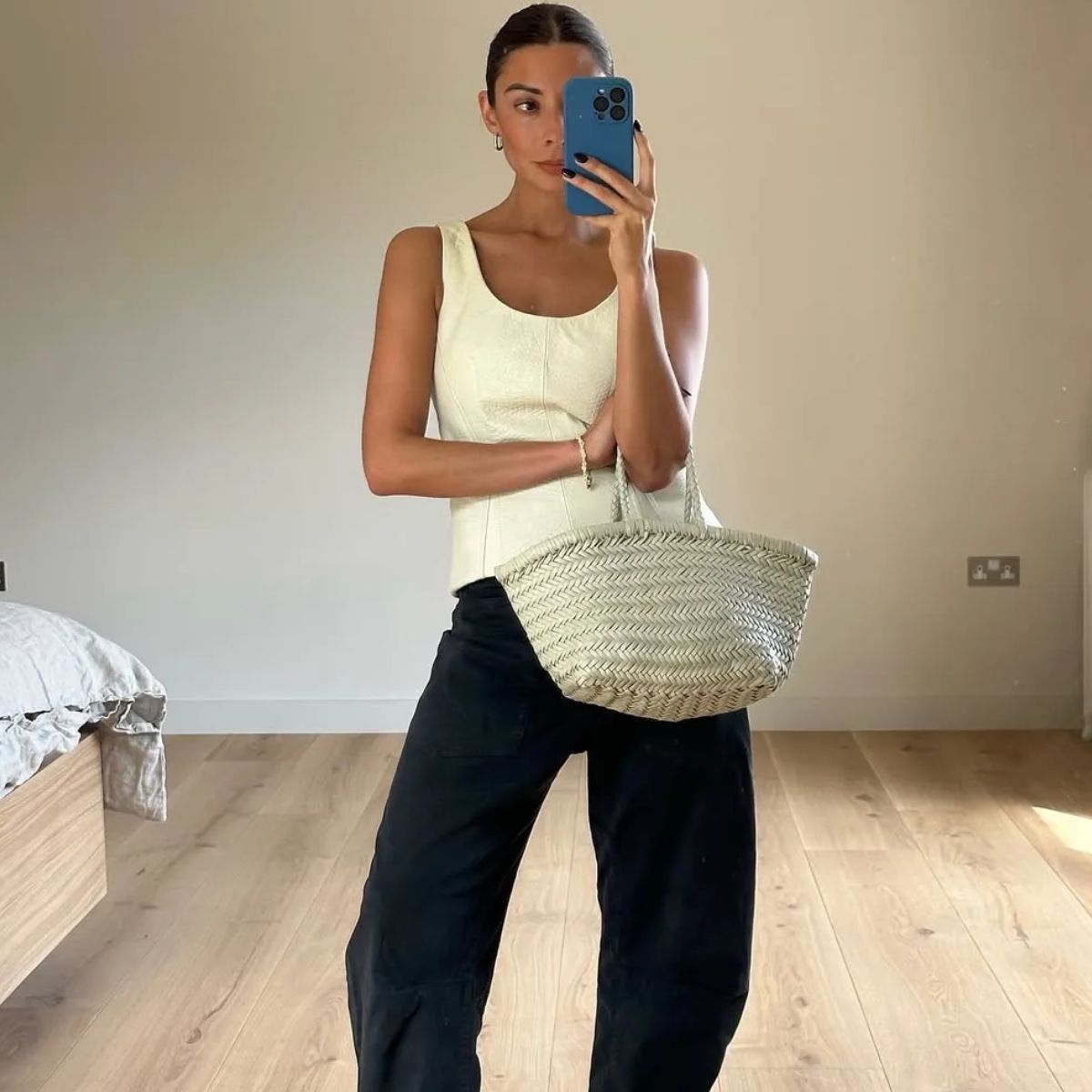14 Healthy Eating Tips That Actually Make Sense

I swear at least once a month, I tell myself, "I have to eat healthier." Maybe you find yourself doing the same thing. Or maybe you read a ton of articles about "eating healthier" or have been told to do so. There's a lot of pressure to do it, but what the heck does that even mean? And is that very general phrase an outdated notion when we take in account how different our lives, bodies, circumstances, etc., are? I polled some experts—dietitians and health coaches—to get their take on how to eat healthy.
It turns out that, yes, "healthy eating" can be personal. "I remind my patients that healthy eating will look different for each of us," explains Maya Feller, MS, RD, CDN, of Brooklyn-based Maya Feller Nutrition. "I have patients who love beet soup, and that's healthy, and I have patients who love to bake bread and make their own butter, and that's healthy. When I think of healthy eating, I think of sufficiency, meaning the person has access to enough food on a regular and consistent basis. The food they have access to is representative of their foodways as well as being food they want to eat. In my experience, we can't talk about balance without talking about removing arbitrary restrictions. Balanced patterns of eating include variety and meet the needs of the individual while being culturally relevant."
Health coach at Parsley Health Shaina Painter, MS, CNS, adds that identifying your individual needs and personalizing nutrition in a definition of what it means to eat healthy for you is important to avoid any dietary beliefs that may not be healthy for your unique body.
"It's also important to identify the fact that although healthy food is an important part of health, it is also a slice of the pie," Painter says. "Health can also be found in the quality of our sleep, relationships, our movement routine, exposure to environmental toxins, socioeconomic factors, and perceived stress. Diet culture has bred an unhealthy obsession with 'clean eating' and has led to normalized disordered eating habits in the name of health."
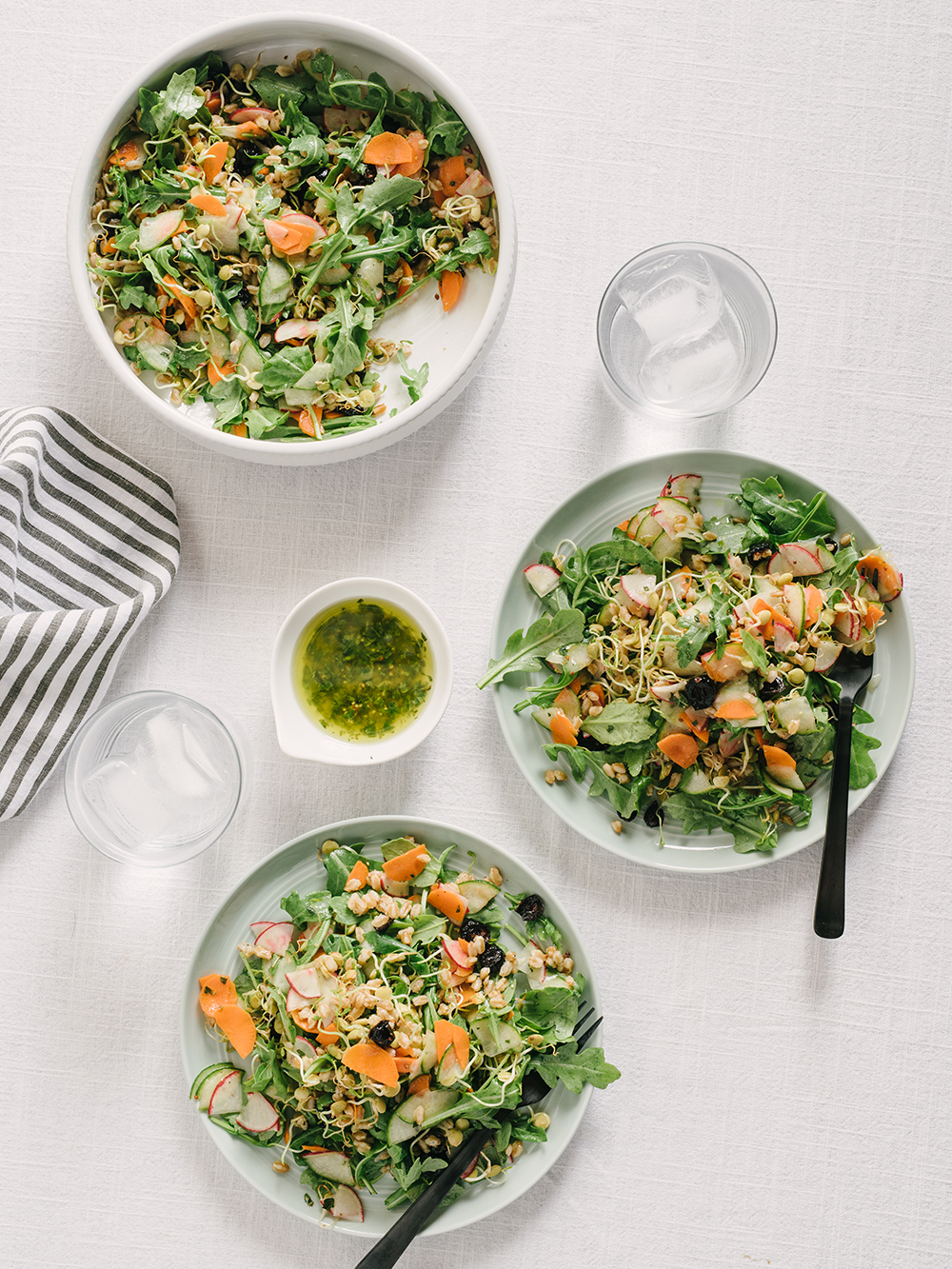
But on a fundamental, general level, when it comes to "healthy eating," Painter says there are specific nutrients our body requires for nourishment in order to function and perform properly, and those are primarily found in whole food–based carbohydrates, proteins, and healthy fats.
Amanda Holtzer, MS, RD, a dietitian at Culina Health, defines "eating healthy" as eating in a pattern that fuels your body appropriately (you're getting all those nutrients), that provides a varied diet, brings you joy and pleasure, and that you can maintain and sustain. That last one can be hard to do, especially if you're adhering to something super restrictive.
And the second-to-last one can be difficult, too, if you have a tenuous relationship with food. Painter says developing a healthy relationship with food often starts with ditching dieting and diet culture in order to reclaim food freedom and the ability to make peace with food. "Diet culture is very pervasive and a business worth more than $78 billion and growing, with as much as 49.1% of individuals dieting to lose weight," she explains. "The biggest disservice diet culture has done to the public is overt black-and-white thinking in relation to health. As much as two-thirds of weight-loss diets do not result in actual weight loss, and yet the Global Phytonutrient Report found that Americans consume low amounts and a variety of fruits and vegetables."
Feller says in her practice, she works from a patient-centered approach while honoring the patients' lived experiences. "The food-and-nutrition landscape has become incredibly confusing with long lists of what to do or not to do, leaving many to constantly feel bad about their choices," she says. "When patients are looking to find a balanced pattern of eating and repair their relationship with food, we often start with unlearning damaging food rules, re-centering their lived experience as valid and important, and leaning into internal listening while thinking about desired health outcomes."
And if you find yourself struggling with improving your relationship with food and it's affecting your day-to-day life, Holtzer recommends working with a registered dietitian for extra support.
Common Healthy Eating "Mistakes"

There are some common "mistakes" people make when trying to eat healthy that actually make it harder for them to stick to a better diet. "I think the biggest mistake I see people making is adopting this all-or-nothing mindset," Holtzer says. "They're either eating 'healthy' and being super 'good' (aka eating smoothies and salads and chicken all day). Or all sense of nutrition goes out the window, and they're 'off the rails' or eating 'badly' (aka eating dessert for every meal). Our eating pattern does not have to be extreme. There can be a balance. We can have a green smoothie for breakfast, a big hearty salad for lunch, and a delicious pasta dinner with a glass of wine and a few bites of dessert."
Another "mistake" that might come up is focusing on counting calories instead of focusing on the quality and nutrients obtained from food—basically making it all about weight and believing losing weight is a marker of success.
Feller sees many of her patients feeling pressured to remove foods that are representative of their culture and history and only eat salad and brown rice to be healthy. "I remind them that their cultural foods absolutely can and should be a part of their healthy eating," she explains. "For example, I encourage my Haitian patients to continue to enjoy legume (a wonderfully flavorful vegetable dish) and black rice (a rice dish soaked in mushrooms). Another challenge we often see is patients who follow extreme and restrictive diets while trying to assimilate into dominant standards around health and wellness."
As for what to do instead when it comes to "eating healthy," take a look at what the experts had to say below.
Healthy Eating Tips to Try
1. Fill Your Plate With Colors
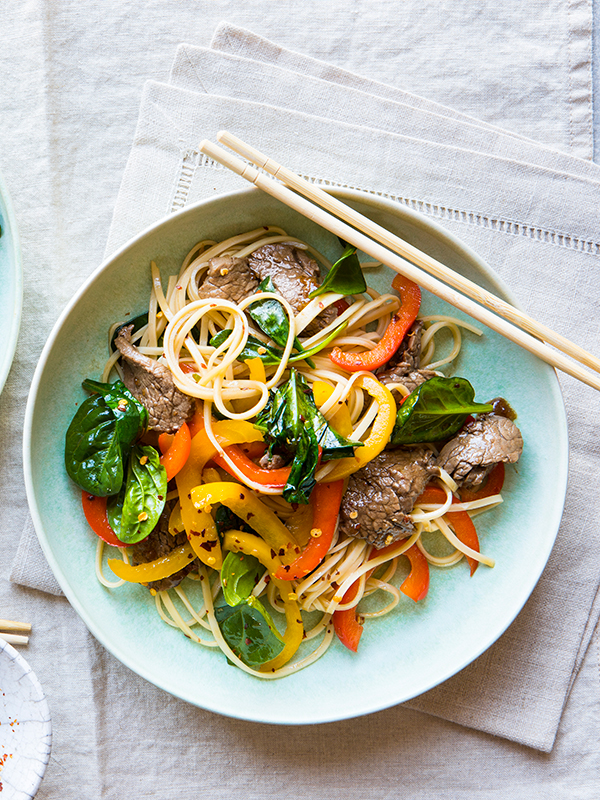
"Taste the rainbow" maybe be Skittles' tagline, but eating the rainbow can be a healthy eating step. And no, we're not talking about candy; we're talking about fruits and veggies. "Have at least two colors on every plate (beige doesn't count!)," Holtzer says. "This will encourage you to add variety to your diet in the form of different vegetables!"
2. Look to What You Love

You don't necessarily need to completely overhaul what you're already eating. "Start with foods that are culturally relevant and nourishing—the foods that you already know like and love, and think about how you can add more of those to your pattern of eating," Feller says.
3. Focus on What You Can Add
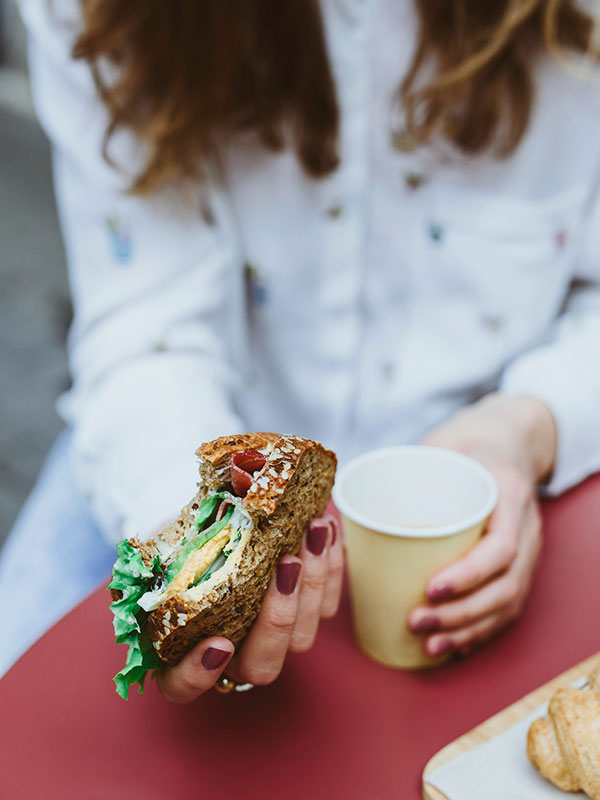
Feller suggests leaning in to a paradigm shift, moving toward what you can add rather than what you can take away. "If you are used to restricting foods you identify as non-nutritious, consider trying to add in more nutrient-dense foods from whole foods to crowd out and reduce intake of non-nutritious, hyperpalatable foods," Painter says. "Restrictive dieting has been shown to increase emotional eating, increase our risk of a higher body weight, and may be the root cause of overeating for most folks. Sustainability is important in a healthy diet and rigidity can create disordered patterns leading to an unhealthy relationship with food."
4. Keep Frozen Greens on Hand
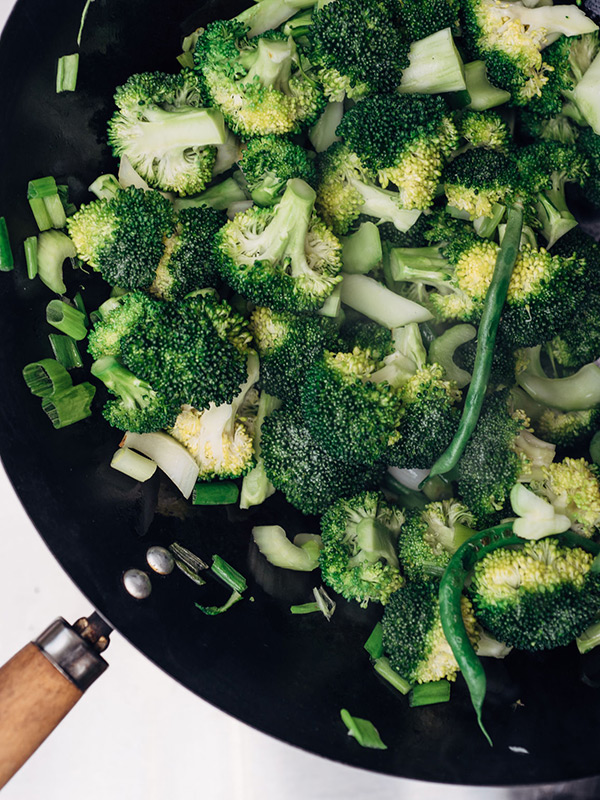
Keeping them in your freezer can come in handy if you don't have anything fresh on hand. "When all else fails, add some frozen spinach—that's the motto, Holtzer says. "You can add it to smoothies, stir-fries, soups, really anything! I love keeping frozen greens on hand for when my veggie intake is looking lame."
5. Sneak in Vegetables
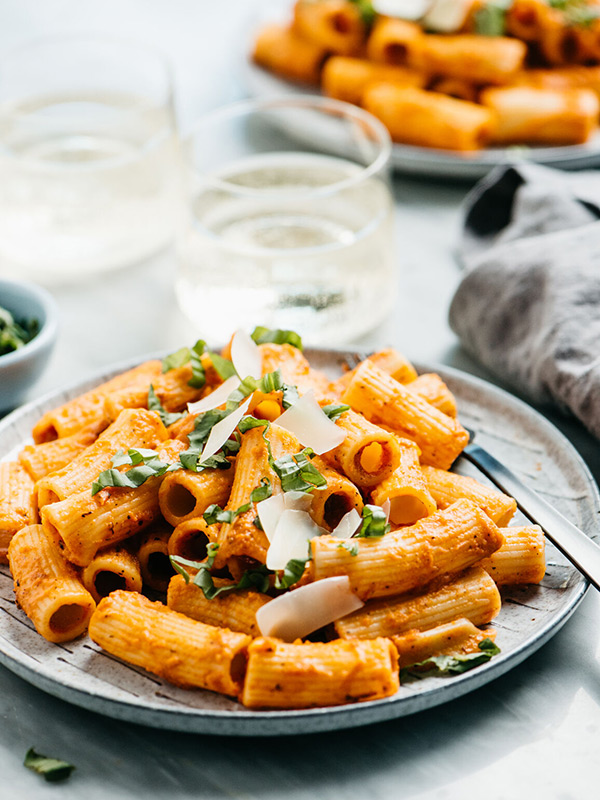
If you don't love veggies, you can try to "sneak" them into dishes, Painter says. Add finely chopped spinach in pasta sauce, cauliflower rice in smoothies, or shredded carrots and zucchini in meatloaf. "Disguising vegetables to increase your intake is a great place to start developing the taste for these foods and a good way to associate satisfaction with veggies," Painter says. "Our brain prefers to work on a reward system. Therefore, if we can create a positive-feedback loop of enjoying veggies, we may be more likely to consume them more often in the long run."
6. Prioritize Protein
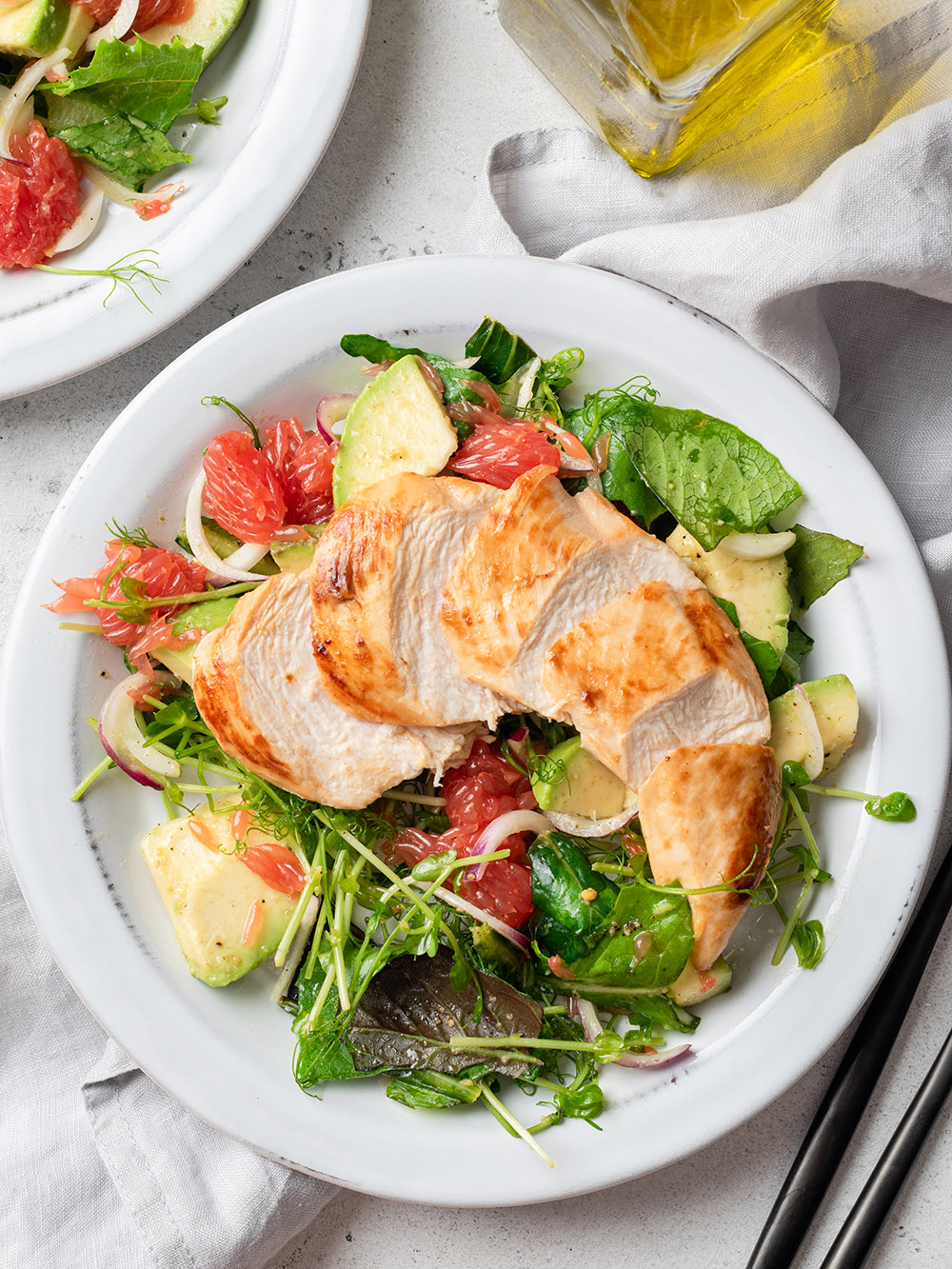
"Make sure every meal has a source of protein," Holtzer recommends. "Chicken, turkey, salmon, cod, lean beef, tofu, tempeh, Greek yogurt, cottage cheese, eggs, protein powder… The list goes on!"
7. Get Your Fiber
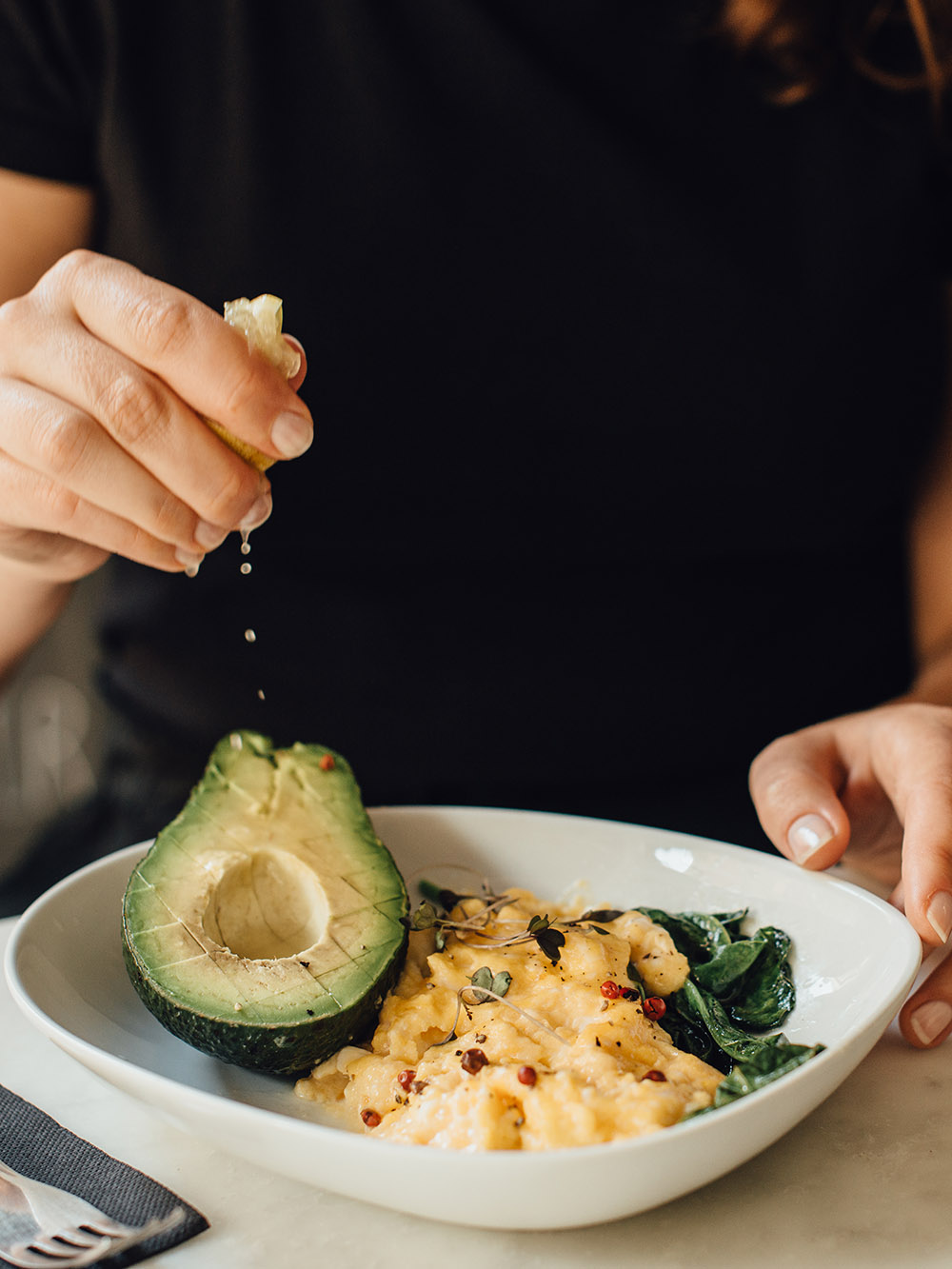
Holtzer also suggests sneaking in fiber whenever you can—like chia seeds and ground flaxseed to breakfast foods. "Aim to fill half of your plate with non-starchy fiber from colorful veggies and fruit," Painter adds. "Maintaining at least half of your plate in fiber provides your body with the necessary vitamins, minerals, and antioxidants needed for daily cellular functions as well as the prevention of disease." That could be like adding sautéed spinach to your eggs and hash browns at breakfast or a side salad with cucumbers, tomatoes, carrots, and a homemade vinaigrette at dinner.
8. Add Herbs
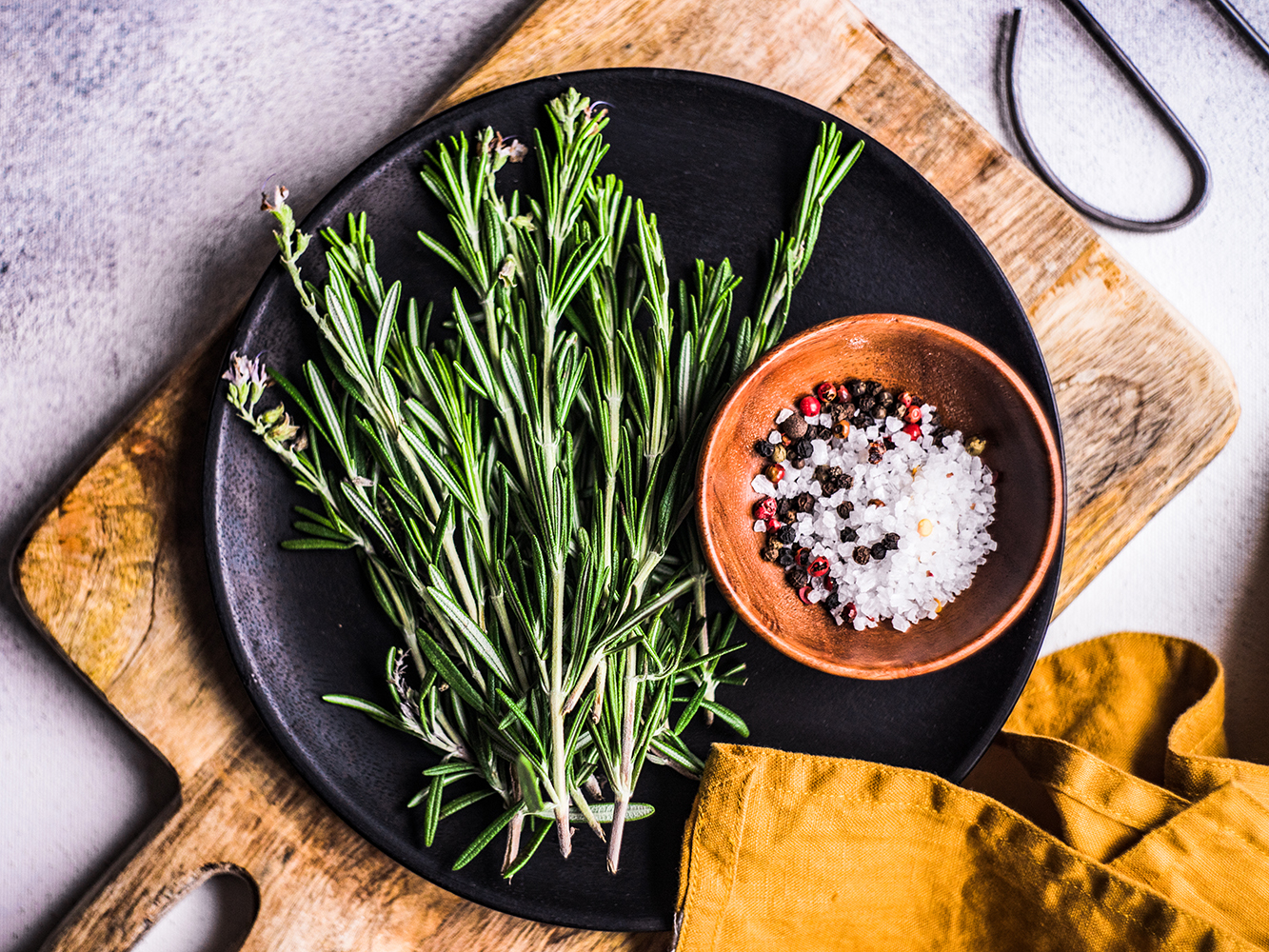
"Incorporate herbs, spices and flavors you enjoy," Painter says. "Herbs and spices from all over the world inherently maintain anti-inflammatory and healing properties. If meal-prepping is supportive for your schedule and routine, consider prepping two to three different sauces/dips to provide a diversity of flavor and satisfaction with your meals."
9. Eat Snacks
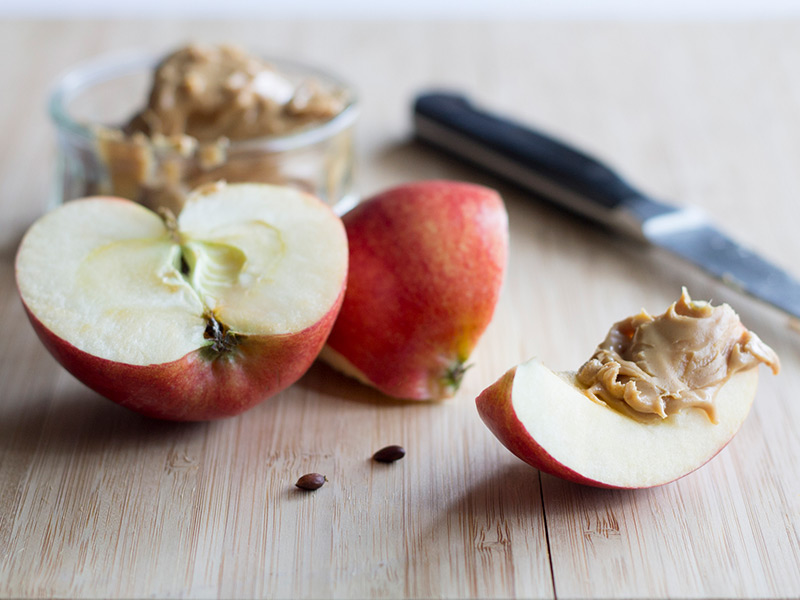
"Contrary to popular belief, snacking is a great habit. It's an excellent way to stabilize the blood sugar between meals and is a good opportunity to add some great nutrition to your day," Holtzer says. "Ditch the single-serve bag of chips or the 100-calorie packs, and choose nutrient-dense snacks instead. A piece of fruit with a tablespoon of nut butter, a handful of trail mix with some dark-chocolate chips, or some Greek yogurt and berries are all excellent options!"
10. Try Habits You Can Stick To
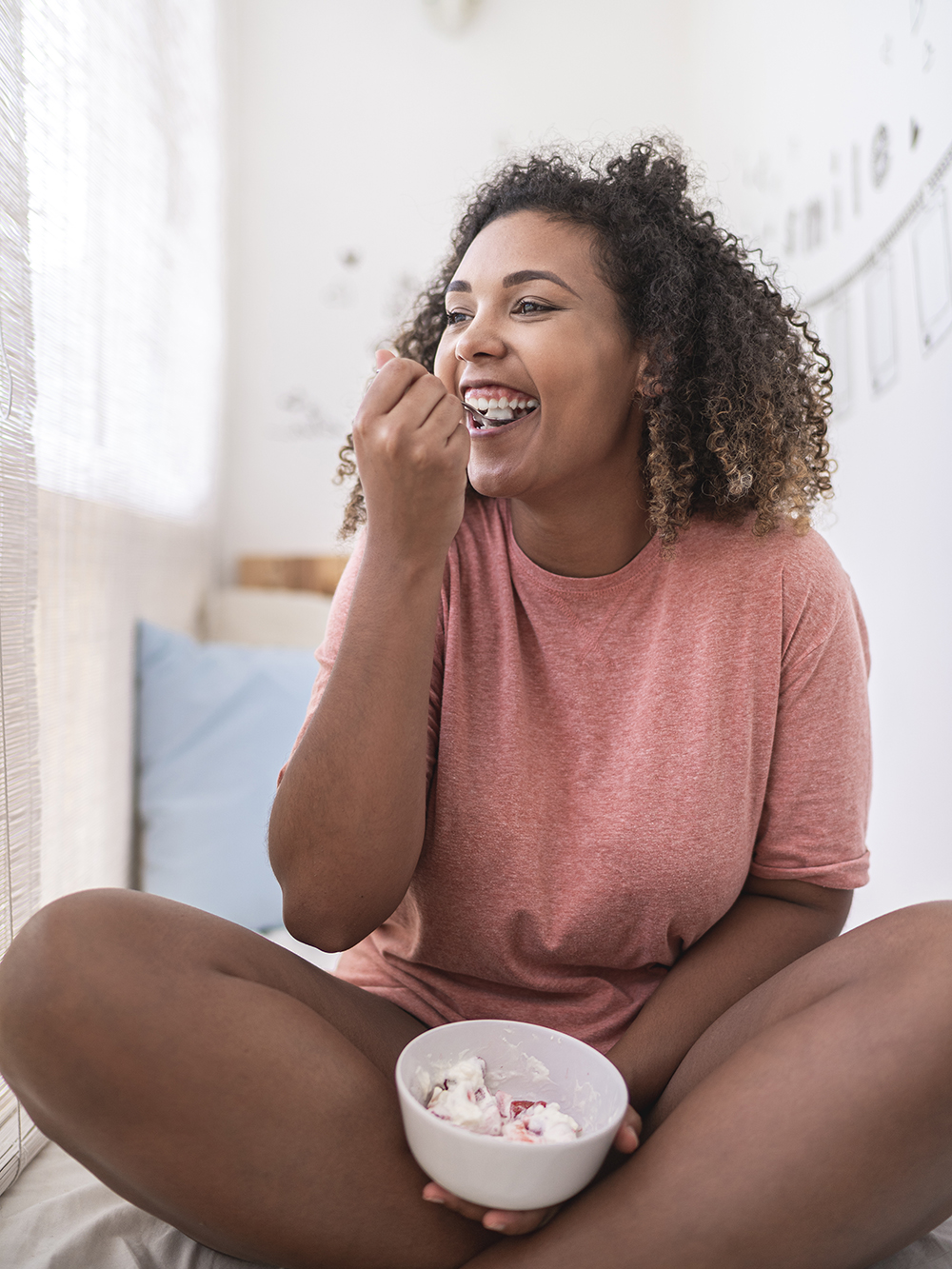
"Think sustainability—lean into the health-forward and supportive behaviors that you can replicate over and over again," Feller suggests. "Large sweeping changes aren't needed."
11. Cook New Recipes
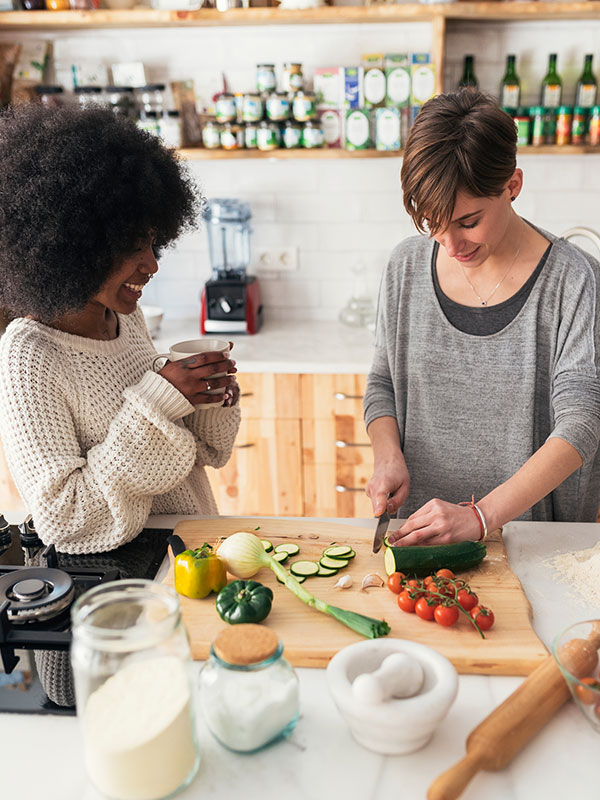
Holtzer recommends cooking one new recipe per week, which can encourage you to cook with different ingredients and flavors and add more variety to your diet.
12. Shop the Middle Aisle Last
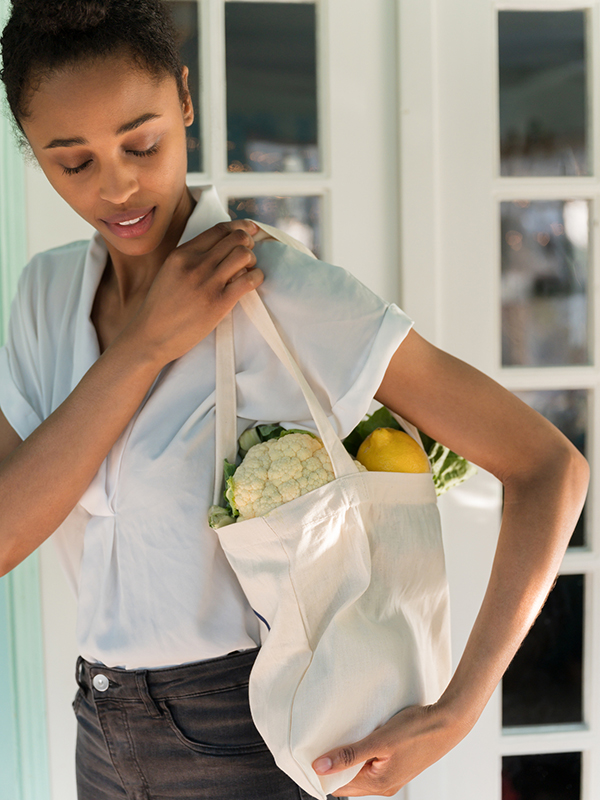
Be strategic at the grocery store. For Painter, that means shopping the middle aisle last. "Following the edge of the store allows for more opportunity to load up on fresh produce, meats, seafood, etc., versus packaged food that may not be as nutrient dense," she says. If you're on a tight budget, she also recommends purchasing frozen fruits and vegetables because they are often packaged at produce peak ripeness and may be more nutrient dense than what is available on fresh shelves. Plus, they'll keep for longer!
13. Practice Mindfulness
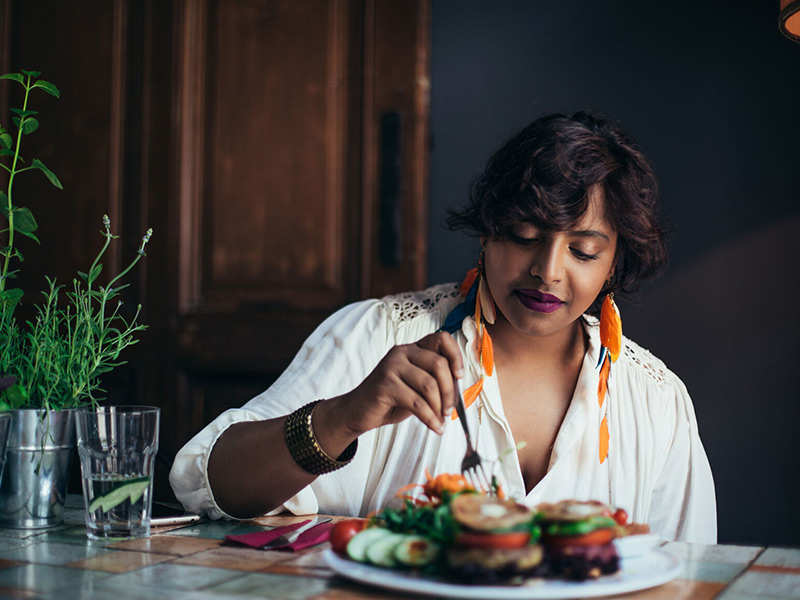
This can help you build a better relationship with food. "Eating should be an enjoyable experience," Holtzer says. "But all too often, we are so sidetracked and focused on other things that our plate is finished before we've even had a chance to savor and enjoy it. Be mindful while you eat. Put your phone/email/Slack on hold for 10 minutes, and focus on enjoying the meal in front of you."
14. Cut Yourself Some Slack
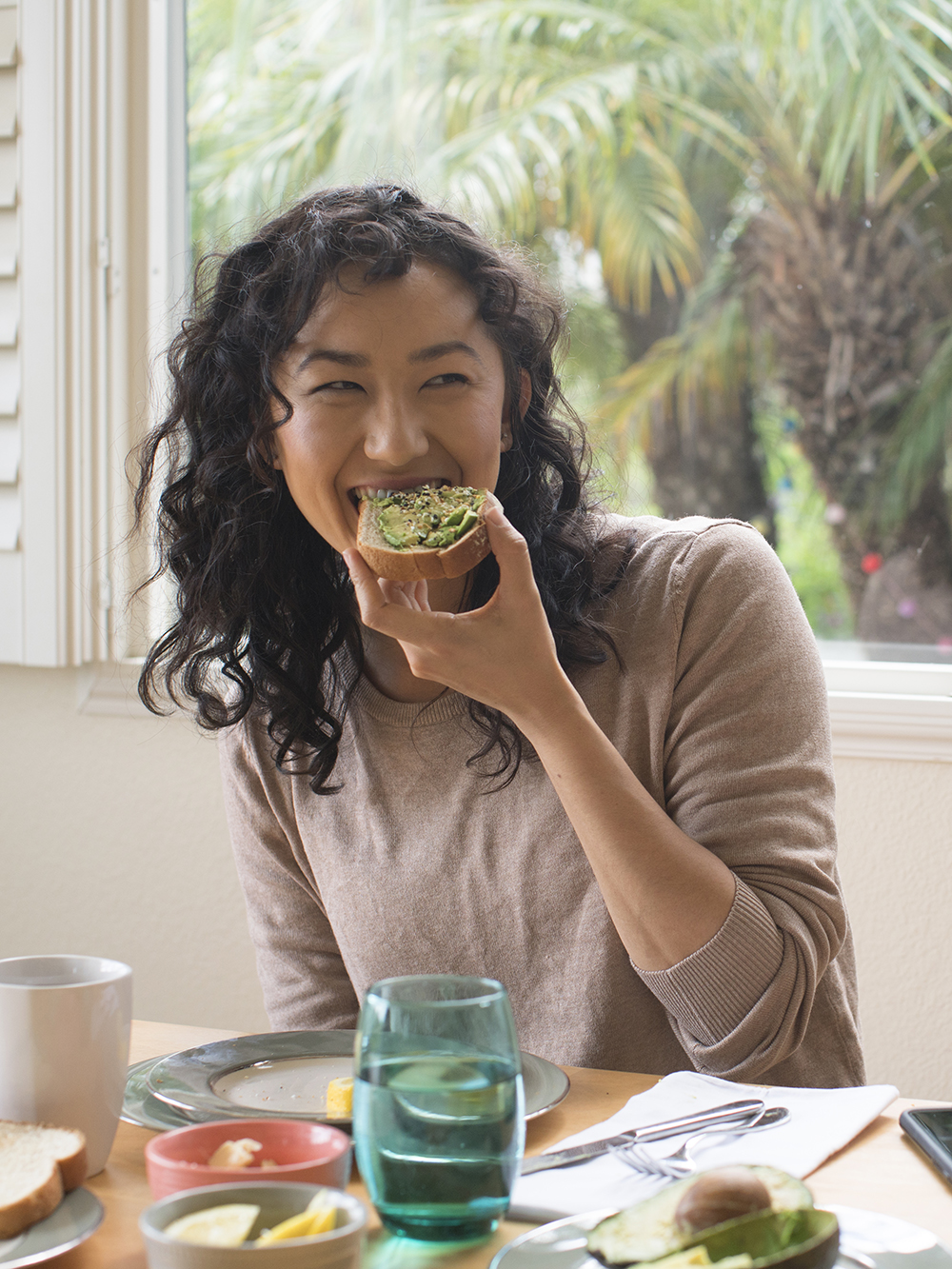
"Release the expectation of perfection," Painter says. "When it comes to living a healthy diet, stressing over eating food that is only organic, grass-fed, wild-caught, etc., or avoiding packaged food entirely to only end up consuming more food than you planned for can become a cycle of unhealthy and overwhelming stress. Doing your best to create awareness and intention about the food you are consuming is enough."
Next, Avoid These 6 Foods—They'll Wreck Your Gut Health
Disclaimer
This article is provided for informational purposes only and is not intended to be used in the place of advice of your physician or other medical professionals. You should always consult with your doctor or healthcare provider first with any health-related questions.
Sarah is lifestyle writer and editor with over 10 years of experience covering health and wellness, interior design, food, beauty, and tech. Born and raised in Los Angeles, she attended New York University and lived in New York for 12 years before returning to L.A. in 2019. In addition to her work at Who What Wear, she held editor roles at Apartment Therapy, Real Simple, House Beautiful, Elle Decor, and The Bump (sister site of The Knot). She has a passion for health and wellness, but she especially loves writing about mental health. Her self-care routine consists of five things: a good workout, “me” time on the regular, an intriguing book/podcast/playlist to unwind after a long day, naps, and decorating her home.
-
 I Live for Yoga and Pilates—These Are the Pieces That Help My Flow
I Live for Yoga and Pilates—These Are the Pieces That Help My FlowTake notes.
By Humaa Hussain
-
 It's Time to Get Our Nutrition in Check for Summer—This App Is Making It Easy
It's Time to Get Our Nutrition in Check for Summer—This App Is Making It EasyThe recipe ideas are endless.
By Who What Wear
-
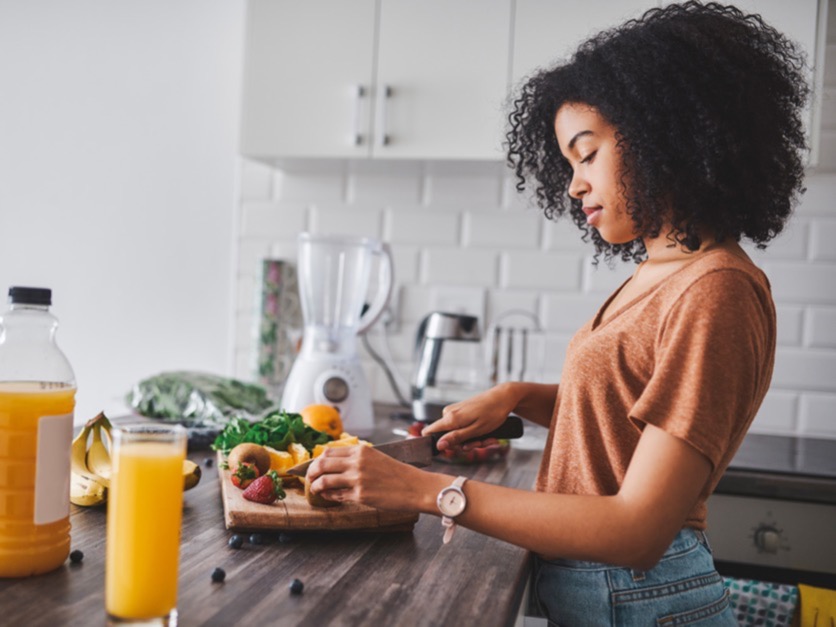 If You're Battling With Digestive Issues, This Could Be Why
If You're Battling With Digestive Issues, This Could Be WhyTurns out, you may not have IBS after all.
By Kia Topps
-
 Our Editors Own a Lot of Sneakers, But This Pair Comes in First Place Every Time
Our Editors Own a Lot of Sneakers, But This Pair Comes in First Place Every TimeA major win.
By Aniyah Morinia
-
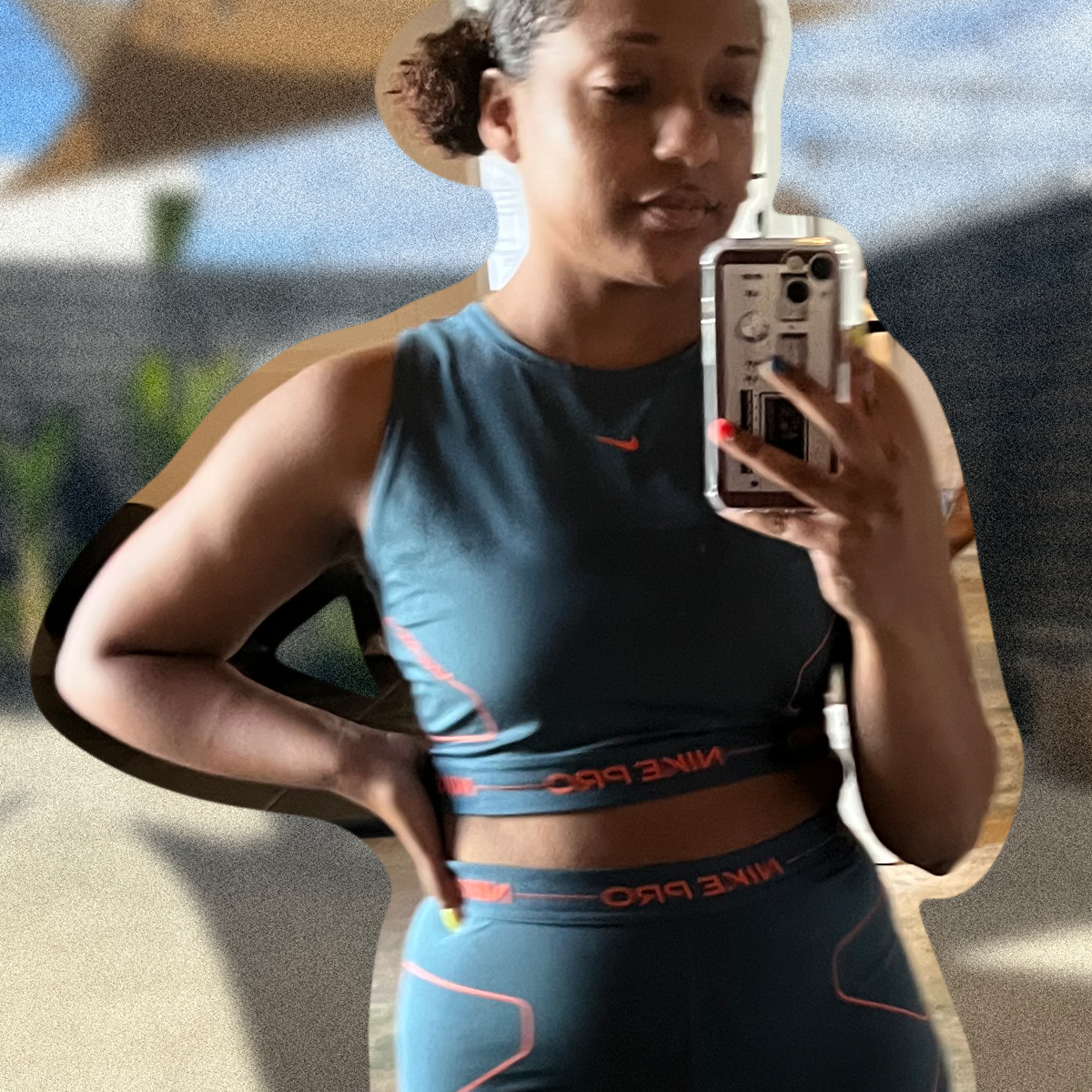 I Changed My Mind About Strength Training When I Tried This Workout
I Changed My Mind About Strength Training When I Tried This WorkoutMy confidence is officially on 10.
By Kia Topps
-
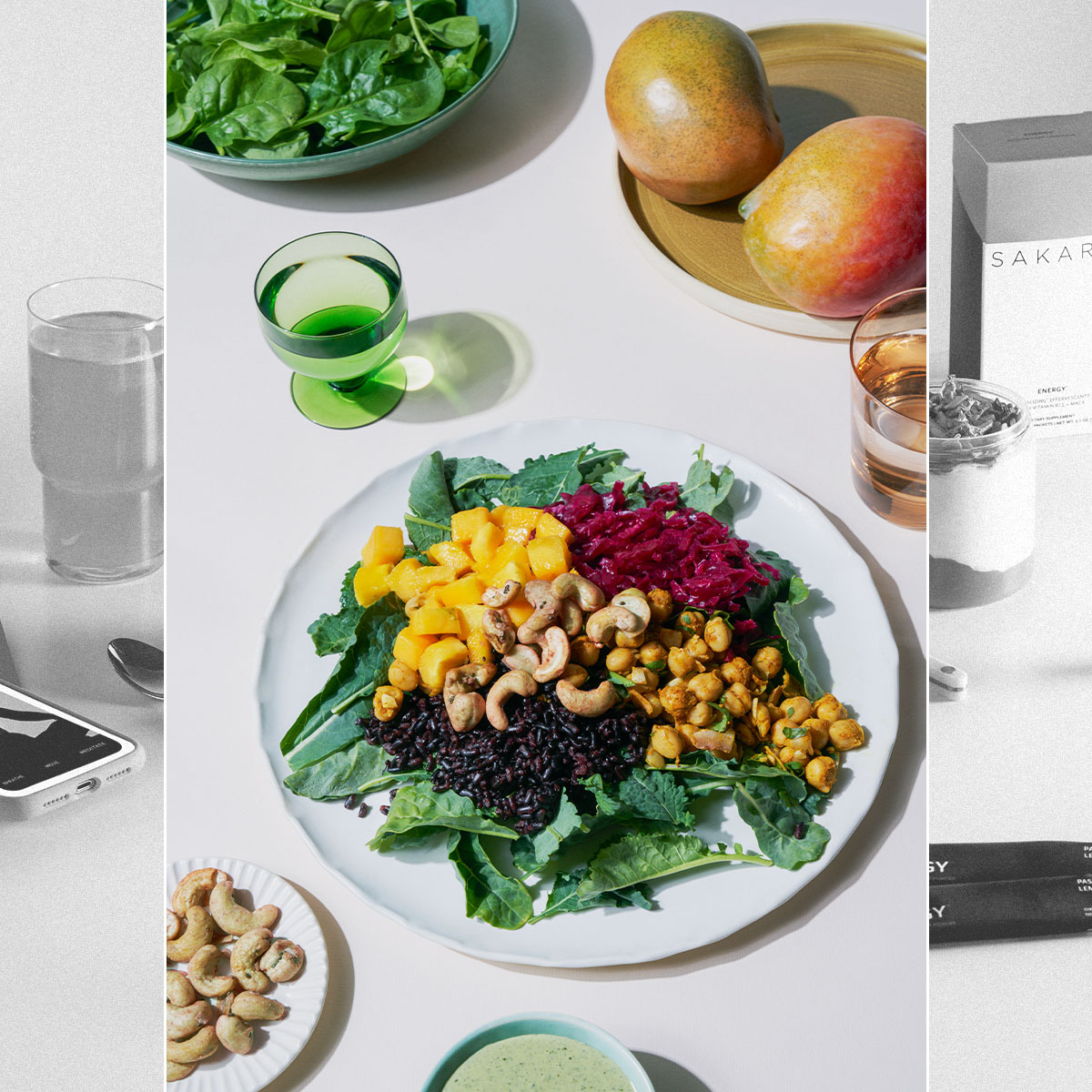 Bella Hadid and Gwyneth Paltrow Apparently Love Sakara Life, so We Tried It for 30 Days
Bella Hadid and Gwyneth Paltrow Apparently Love Sakara Life, so We Tried It for 30 DaysHere are our honest thoughts.
By Erin Jahns
-
 This Type of Gear Will Take Your Workout to the Next Level
This Type of Gear Will Take Your Workout to the Next LevelBring it on.
By Sarah Yang
-
 6 Essential Oils That Will Heal Your Painful Sunburns
6 Essential Oils That Will Heal Your Painful SunburnsAll-natural relief ahead.
By Samantha Parsons

